Premium Only Content
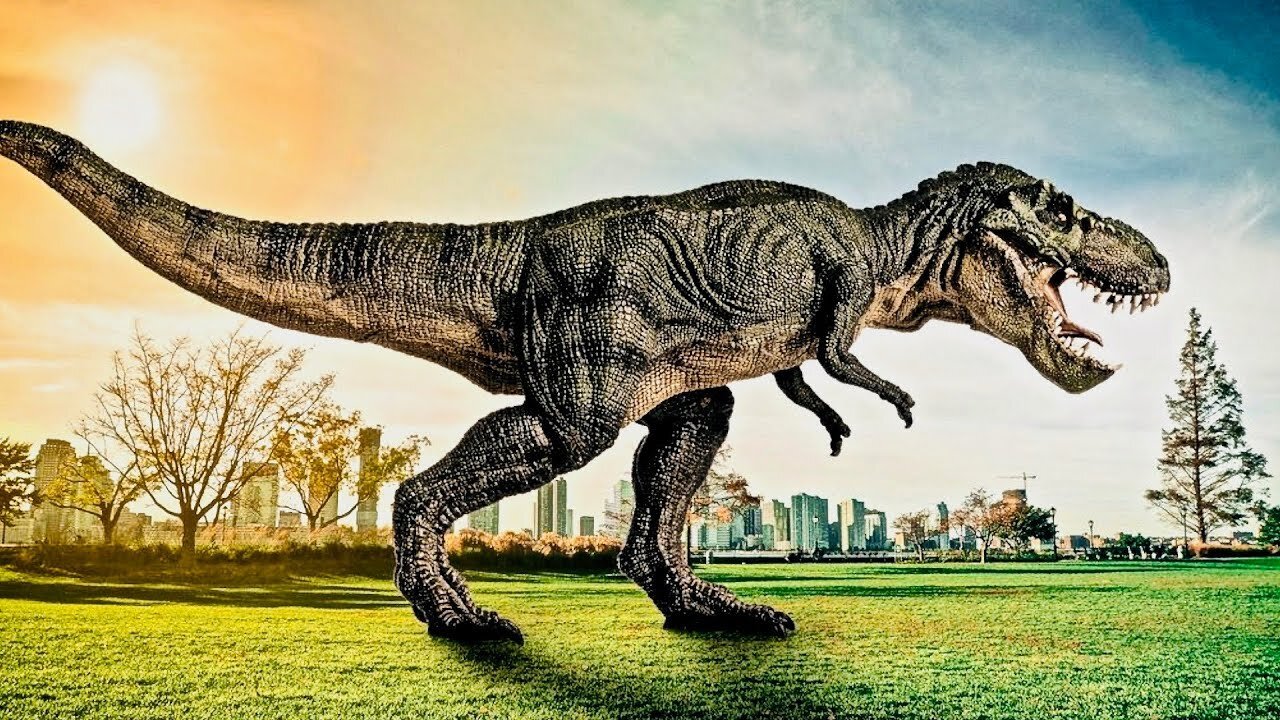
Why T-Rex Has Funny Little Arms
T. Rex’s Tiny Arms May Have Been Vicious Weapons - New findings suggest the dinosaur's arms were strong enough to slash prey at close quarters, despite being small for its body size. The precise purpose of T. rex’s relatively tiny arms has long been mysterious. Over the years, scientists have suggested that they might have been used to grasp struggling prey, to help resting dinosaurs push themselves up from the ground, or to grip tight to mates during sex.
Whatever their limited use, the consensus in recent years seemed to be that they were vestigial, hanging around as an evolutionary remnant from T. rex’s ancestors, a little like the wings of flightless birds. Perhaps, some scientists even suggested, small arms were a necessary trade-off in order to support such huge and powerful head and neck muscles.
But now one researcher argues that we’ve got it all wrong. Steven Stanley, a paleontologist at the University of Hawaii in Manoa, believes Tyrannosaurus’ arms were well-adapted for “vicious slashing” at close quarters, making use of four-inch-long claws to inflict deep wounds on unfortunate prey.
T. Rex Bite Go inside the studio and see the birth of a cover shot. See what National Geographic photographers had to do to capture the bone-exploding force of a T. rex bite.
“Its short, strong forelimbs and large claws would have permitted T. rex, whether mounted on a victim’s back or grasping it with its jaws, to inflict four gashes a meter [three feet] or more long and several centimeters [more than an inch] deep within a few seconds,” said Stanley. “And it could have repeated this multiple times in rapid succession.”
Since related dinosaurs also slashed their prey, “in light of its formidable weaponry, why should T. rex not have engaged in this activity?” asks Stanley, who presented his findings last week in Seattle at a meeting of the Geological Society of America. (Read about research suggesting that T. rex was not as fast a runner as previously thought.)
To make his case, the scientist points to T. rex’s strong arm bones, which would have made effective slashing tools, while an “unusual quasi-ball-and-socket joint” would have allowed the arms to move in several directions, ideal for slashing, he says.
What’s more, tyrannosaurs lost one of their three claws during the course of evolution, resulting in 50 percent more pressure being able to be applied by each of the two remaining claws—all the better for a powerful slash.
Slash or Sex?
Other experts are yet to be persuaded, however. “It seems illogical to me to use such small arms to slash with,” said Jakob Vinther, a paleobiologist from the University of Bristol in the U.K. who attended the presentation.
Without further evidence, he favors the idea of the arms being used for a “minor subsidiary purpose,” such as to clasp a partner during sex, despite Stanley’s claim that the claws would have been dangerous to use while mating.
The three-foot-long arms would also give a full-grown T. rex an awkwardly short reach for slashing, said Thomas Holtz, a tyrannosaur expert at the University of Maryland in College Park. (Find out what it would have felt like to pet a T. rex.)
The chest is so broad on a mature T. rex, he noted, that the “effective strike zone” of the swiping arm couldn’t be far from the animal’s torso. “I would expect it could cause some decent damage if it struck, but in order to deploy [the arm], Tyrannosaurus would basically have to push its chest up against the side of the victim,” Holtz said. “In such a position the tyrannosaur wouldn't be able to use its far more powerful armament: its massively powerful jaws.”
During its lengthy juvenile years, though, Holtz conceded that a T. rex’s arms would have been larger relative to its body.
“It might be that the arms were actually more functional in young T. rex, and became reduced in function as it became older,” he says. “The strike zone would be proportionately larger in a young T. rex—and going after smaller prey would mean the force required to kill the victim would be less.”
Stanley agrees with critics that the arms atrophied during tyrannosaur evolution, with the giant jaws taking over their grasping function. But, he argues, the little arms stuck around as the dinosaurs opportunistically put them to use once more for slashing at close quarters.
Music: Root Chakra Planet by Dhruva Aliman
Amazon - https://amzn.to/3ex2DEb
https://music.apple.com/us/artist/dhruva-aliman/363563637
https://dhruvaaliman.bandcamp.com/album/neptunes-overtone
http://www.dhruvaaliman.com/
Spotify - https://open.spotify.com/artist/5XiFCr9iBKE6Cupltgnlet
-
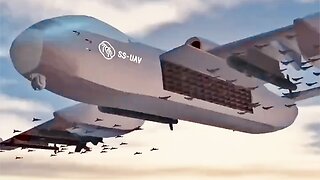 6:44
6:44
Seeker Land
1 month agoChina's New Deadly Drone Mothership - Jiu Tian - World's First Airborne UAV Launcher
105 -
 5:00
5:00
Sister Lila
3 years agoSister Lila's Mischievous Adventures
38 -
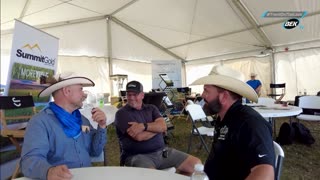 LIVE
LIVE
BEK TV
2 days agoTrent Loos in the Morning - 8/25/2025
2,779 watching -
 4:23
4:23
Blackstone Griddles
15 hours agoEasy Salmon Dinner on the Blackstone Griddle
19.4K1 -
 8:10
8:10
WhaddoYouMeme
1 day ago $0.02 earnedChristians, Before You See “Testament”, Watch this!
2.34K4 -
 8:42
8:42
Freedom Frontline
14 hours agoDurbin’s Trump Smear Video Just HUMILIATED Him in the Senate
3.62K -
 10:56
10:56
ariellescarcella
12 hours agoThe Shocking Divide Among College Voters Sparks Worry For America
2.66K5 -
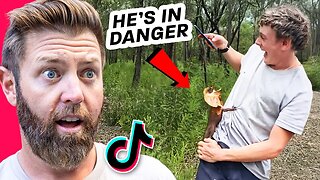 13:09
13:09
Forrest Galante
10 hours agoWildlife Expert Reacts To Deadly Australian Animal TikToks
47K4 -
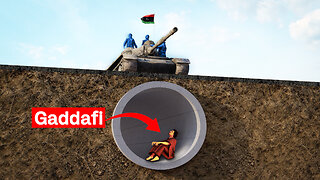 12:08
12:08
Zoufry
2 days agoThe Mystery of Gaddafi's Final 24 Hours
8.67K11 -
 18:25
18:25
Liberty Hangout
13 days agoAnti-Ice Demonstrators Love Poop!
44.4K68